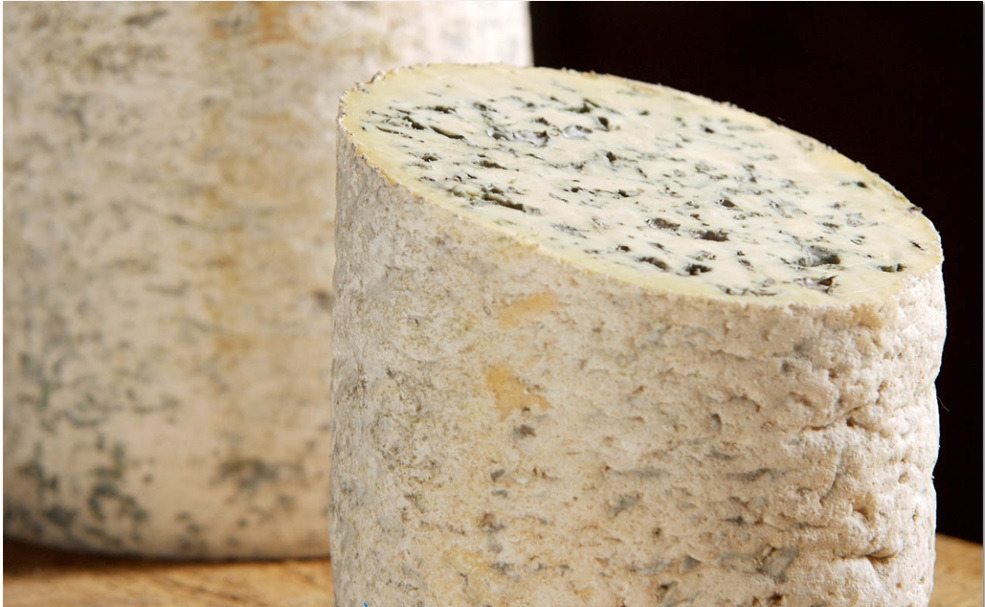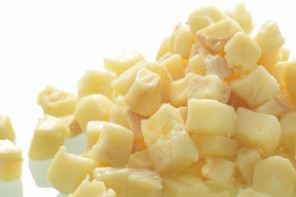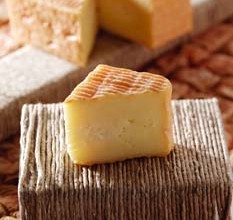How to use the Fourme d’Ambert ?
Salad
Our products are available as fresh or IQF frozen.
FOURME D’AMBERT RECIPE
Spring thin pie with chunks of Fourme d’Ambert and olive oil
Type of dish : starter
Preparation time : 30 mn to 1 hour
Ingredients for 4 people :
1-Main ingredients
120g Fourme d’Ambert
12 button mushrooms
1 Chiogga beet and 1 yellow beet
1 half apple
1 small Striped Roman tomato
16 round radishes
8 wild asparagus
1 red onion
1 heart of Frisee salad
Red chard sprouts
Spinach sprouts
Basil
Edible flowers
Dill
Salad burnet
Fine « Fleur de sel » salt
Ground pepper
2-Ingredients for the shortbread crust :
500g flour
250g slightly cooled butter
10g fine salt
20g sugar
1 egg
120g water
3-Ingredients for the fennel puree :
1 fennel bulb
1 crystallized half lemon
1 teaspoon of chestnut honey
Olive oil
Salt and ground pepper
Preparation :
Rinse all the vegetables and cut them as thinly as possible. Cook the asparagus in a big volume of boiling salted water. Rinse them thoroughly with cold water and let them cool. Cut the Fourme d’Ambert into small slices.
Preparation of the shortbread crust :
Sift flour and mix with butter.
Add salt and sugar, then water and egg.
Lay the pastry out on a work surface, making sure it is smooth.
Keep in a cool place for at least 2 hours.
Preheat oven to 170°C. Press into the bottom of a tart pan and bake without any filling for approximately 20 minutes.
Preparation of the fennel puree :
Finely mince the green and white parts of the fennel bulb and the crystallized lemon.
Sweat them in a drizzle of olive oil with chestnut honey.
Let it cook over low heat for approximately 30 minutes, stirring occasionally. Mix and add salt and pepper to taste.
Assembling :
Spread the fennel puree onto the shortbread crust.
Garnish with the vegetable chunks, slices of Fourme d’Ambert, aromatic herbs and flowers.
Add a pinch of fine « Fleur de sel » salt, a grind of pepper and a dash of olive oil.
The Protected Designation of Origin allows to protect a cultural and gastronomic heritage.
It is a guarantee of origin and typicality but also the insurance that a product was made according to a know-how passed on from generation to generation and transcribed in a precise specifications.
To be recognized Protected Designation of Origin, a dairy product must:
– Result from an area of bounded production;
– Answer precise conditions of production;
– Possess a duly established fame;
– Be the object of an approval procedure of gratitude in AOC by the National Institute of Labels of origin (INAO) and then, in AOP by the European Union.
Since May 1st, 2009, the European logo AOP “Protected Designation of Origin”, is compulsory
on the packagings of all the products benefiting from the French logo AOC (PROTECTED DESIGNATION OF ORIGIN) and those who joined the family of the European AOP.












